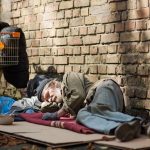
Two-thirds of homeless people are experiencing some form of mental health disorder, a large, new review of data on the subject. The analysis found that men who are homeless are more likely to be battling mental illness than women, although rates were high for both genders compared to the general population. There are signs that rates of mental illness may be on the rise among homeless populations, especially in the United States and Canada, said researchers led by Rebecca Barry, a postdoctoral researcher at the University of Calgary in Canada. “The most common mental disorders included substance use disorders, antisocial personality disorders, major depression and general mood disorders,” Barry and colleagues reported April 17 in the journal JAMA Psychiatry. Her team looked at thousands of published studies worldwide on homelessness and mental illness. They settled on 85 of the most rigorous studies. Overall, more than 48,000 homeless individuals were included in those studies, which were largely based in affluent countries such as the United States, Canada and Germany. The mental health of participants in the studies was assessed using standard psychiatric tests. Barry’s team found that, overall, 67% of homeless people currently have some form of mental illness, while 77% were found to have experienced mental illness at least sometime during their lives. Rates of current mental illness were significantly higher among men (67%) than… read on > read on >










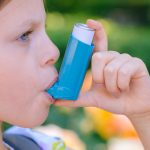
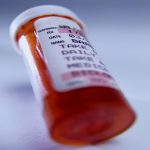

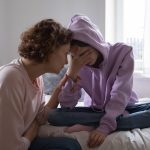


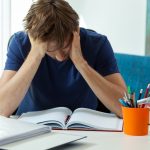



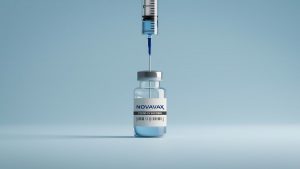
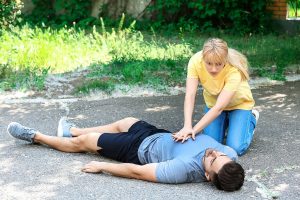
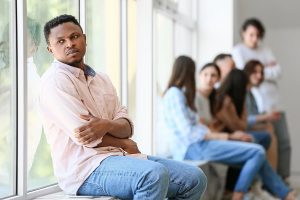









-300x200.jpg)





